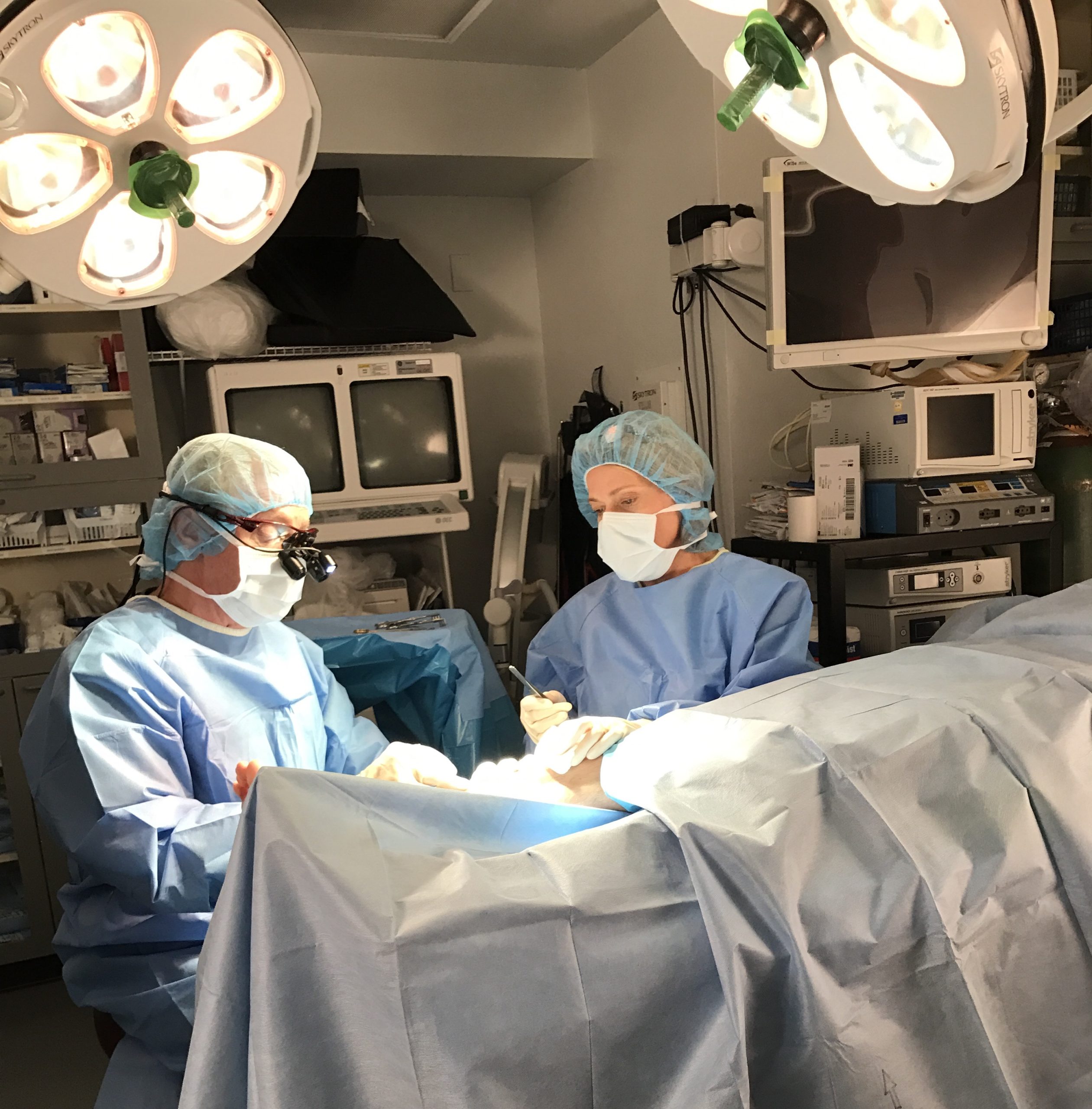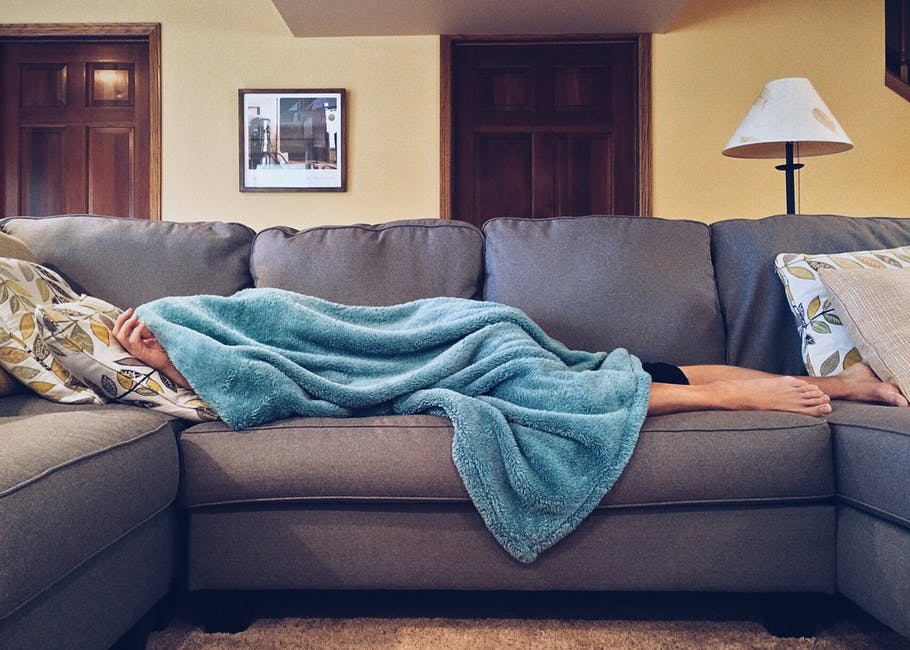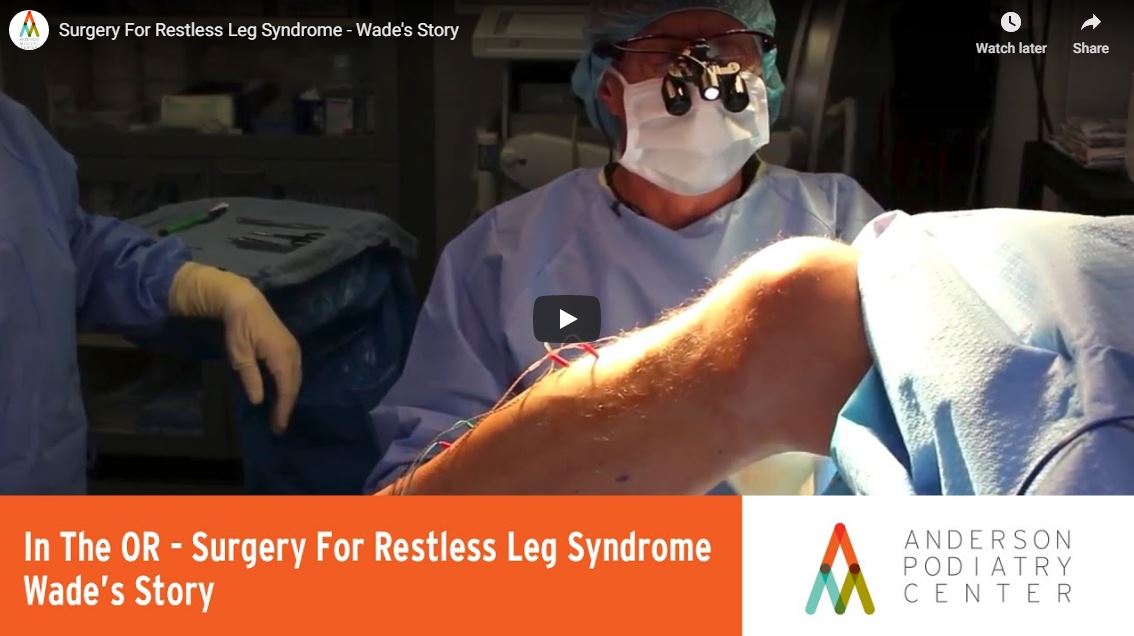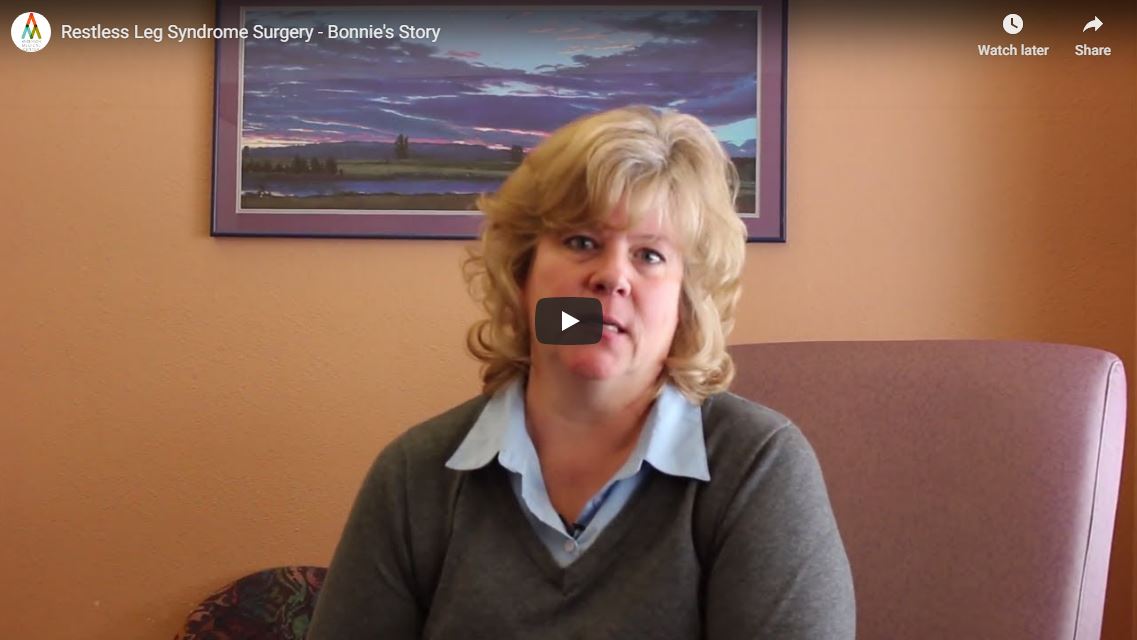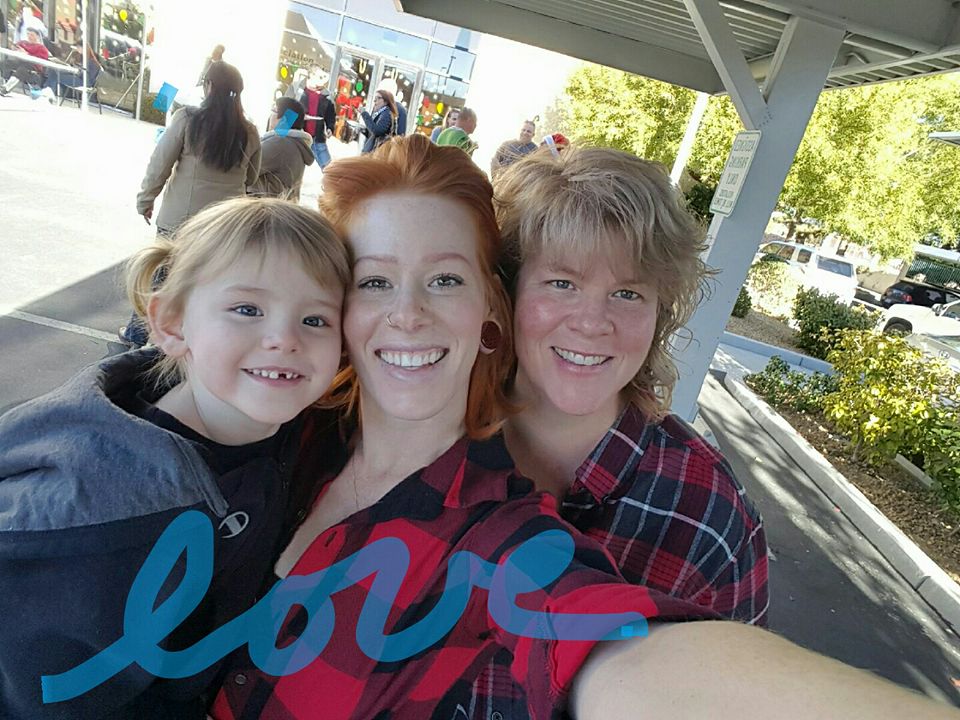Vanessa had been suffering from severe Restless Leg Syndrome (RLS) for many years. Finally, the answer came.
The Diagnosis
“I have dealt with this for many, many years. They diagnosed me with fibromyalgia, and put me on medication, including Gabapentin,” Vanessa says.
The medication helped a little, but it wasn’t enough.
“This is something that we see quite frequently,” says Dr. James Anderson, DPM. “Many patients have been put on medication for neuropathy and restless legs, and either it doesn’t help, or they are suffering from unwanted side effects. They come to us looking for hope.”
When You Can’t Fall Asleep
Vanessa’s symptoms were the worst at night. Like many patients struggling with RLS, as soon as she laid down to rest, the feeling of extreme anxiety in her legs and the constant need to get up and move would take over.
“I just couldn’t get to sleep,” Vanessa says. “My legs were tingling and numb, and just felt anxious, like I had to move them. It just didn’t feel right.”
After spending years being awake while everyone else was asleep, Vanessa was looking everywhere for a solution.
Finally, she saw a commercial with Dr. Anderson, DPM, talking about nerve decompression surgery for patients with RLS. “I said, “Yes, thank you!” Vanessa says, remembering the relief she felt.
The Answer
Vanessa came to see Dr. James Anderson, and he recommended nerve decompression surgery.
“This procedure takes about an hour, and we go in surgically to open up tight nerve tunnels in the lower leg that are causing the symptoms of RLS,” says Dr. Anderson.
He identified three nerve tunnels that were compressed in Vanessa’s legs, the superficial peroneal nerve, common peroneal nerve, and the soleal sling. In the operating room, he used a nerve monitor to verify that the nerve function was improving during her surgery.
Sleeping All Through The Night
Two weeks after surgery, Vanessa came back in for her follow-up appointment and she was all smiles. She didn’t report experiencing any pain after surgery. What she did experience, was the sleep she had been hoping for.
“I fall asleep, and sleep all through the night!” she says. “This has helped me tremendously. Dr. Anderson is awesome!”
To learn more about how we treat restless leg syndrome.
To make an appointment, click here.



